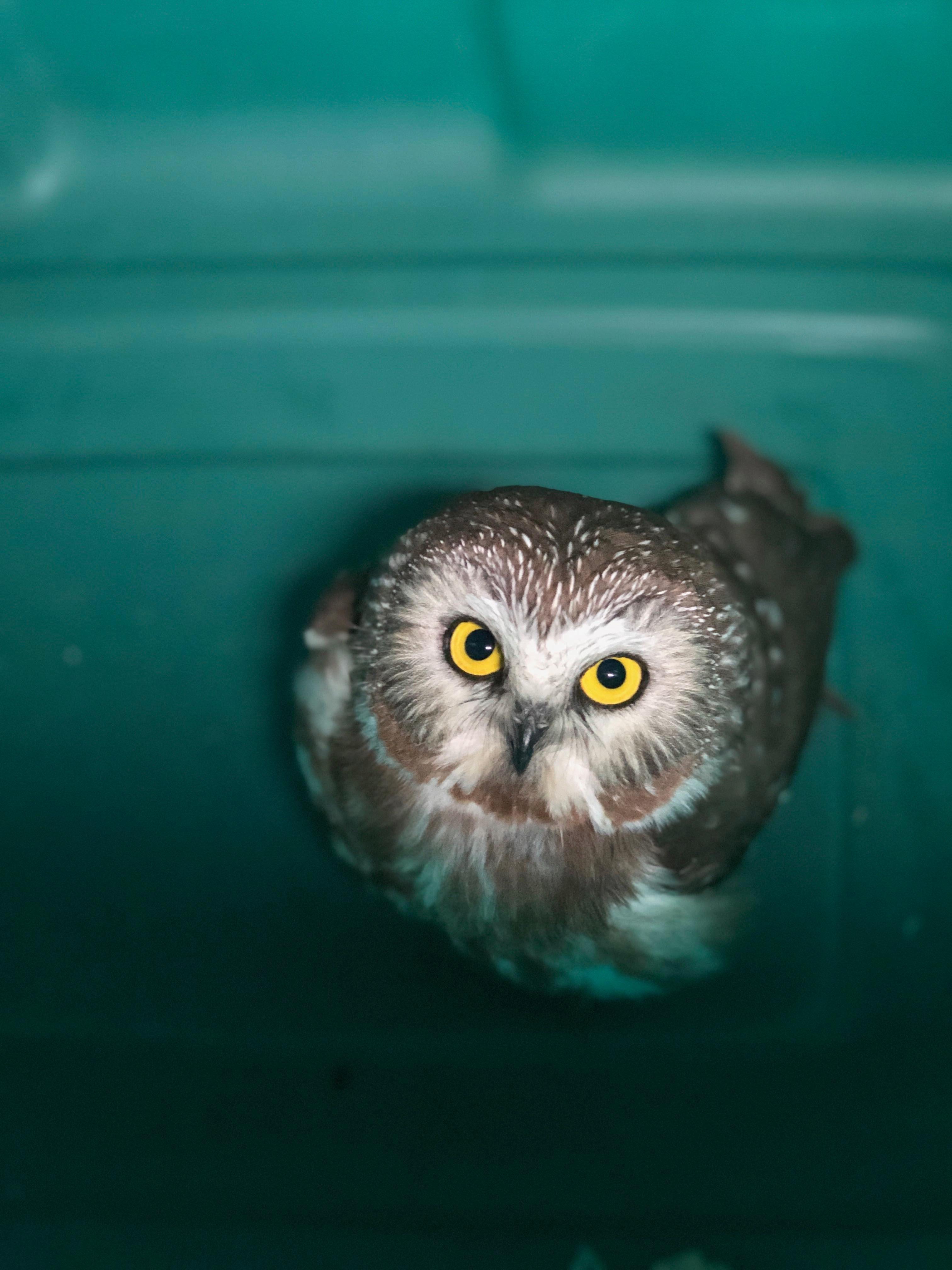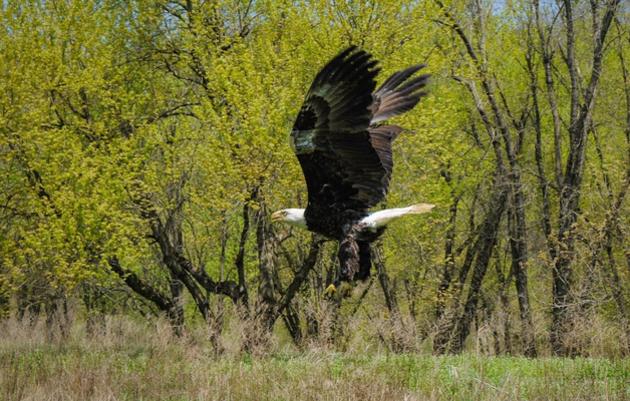Typically, we do not see many Northern Saw-whet Owls come in to the Sharon Audubon Center's Wildlife Rehabilitation Clinic. They are more often seen by rehabilitators in southern Connecticut, but still in very few numbers.
However, this past year we were lucky enough to admit one and see it through a successful recovery.
Scroll down for pictures of this owl and the full story of how he was successfully rehabilitated and released by trained specialists at the Sharon Audubon Center.
Wondering what to do if you find a bird in need? Read our guidelines here before taking action.

Sadly, this saw-whet was hit by a car but was picked up off the road by a wonderful couple in Southbury. They reached out via e-mail that night and our rehab team was in touch with them right away. We met the father of the couple the following morning to pick up the owl and bring it back to the Center for rehab.

This stunning adult male had sustained a coracoid fracture, extensive soft tissue damage to the left shoulder, and head trauma from the impact with the vehicle. Saw-whets hunt almost entirely at night, mostly by waiting on low perches and then swooping down on prey. Most owls hunt at dawn and/or dusk, and often along open roadways, where it's easier to see. This is one major reason why car collisions occur with owls, hawks, and other birds of prey.
The owl underwent a long recovery process and was in rehab for a little over two months. He was released back in Southbury at the finder’s farm, right around the corner from where he was found!

Your support saves lives! Click here to donate on behalf of injured or ophaned birds like this Northern Saw-whet Owl.








